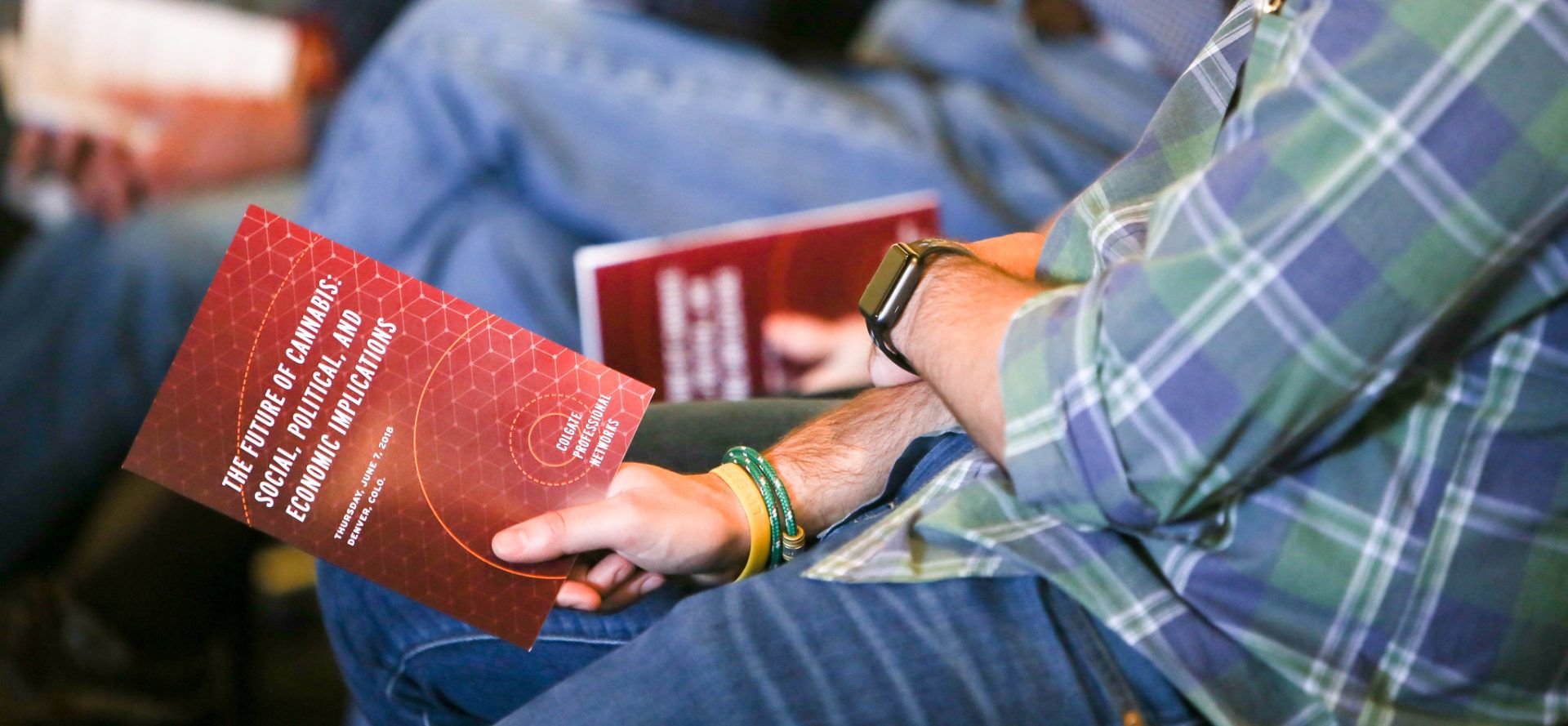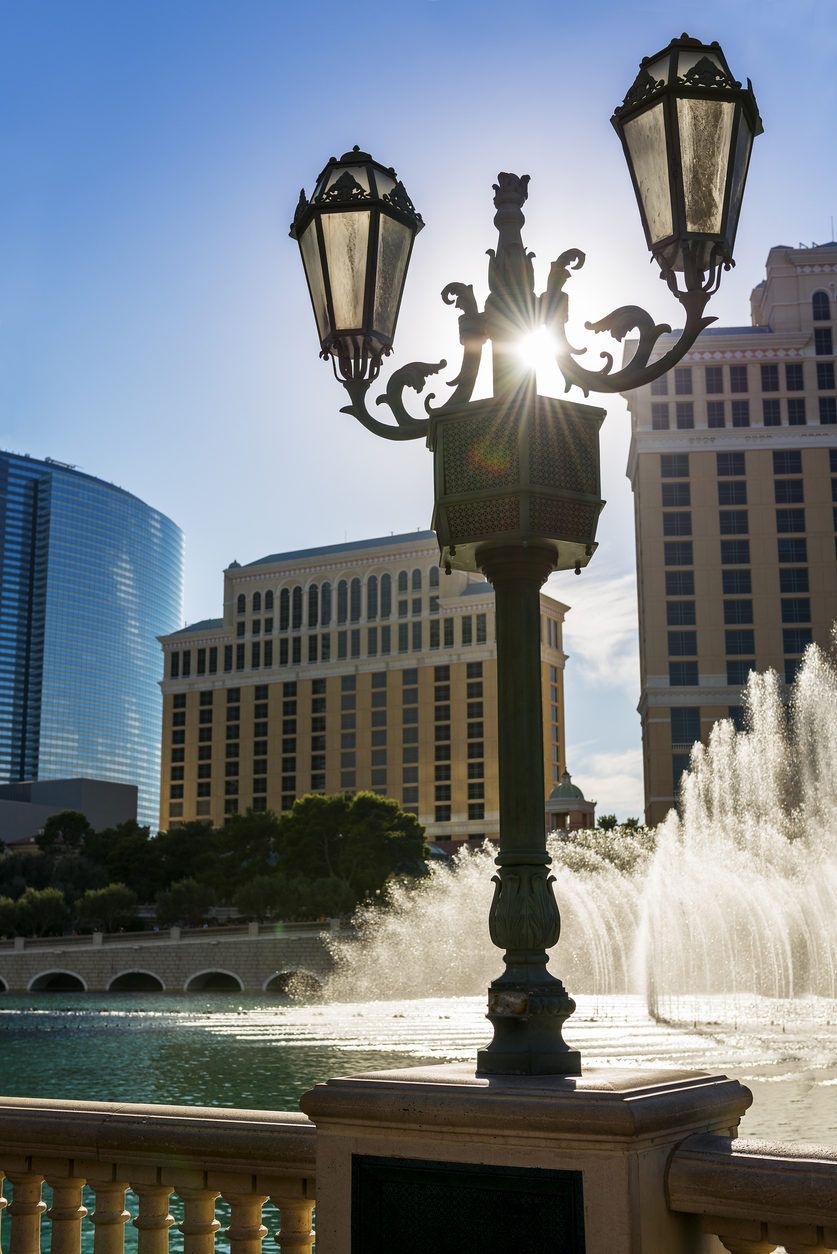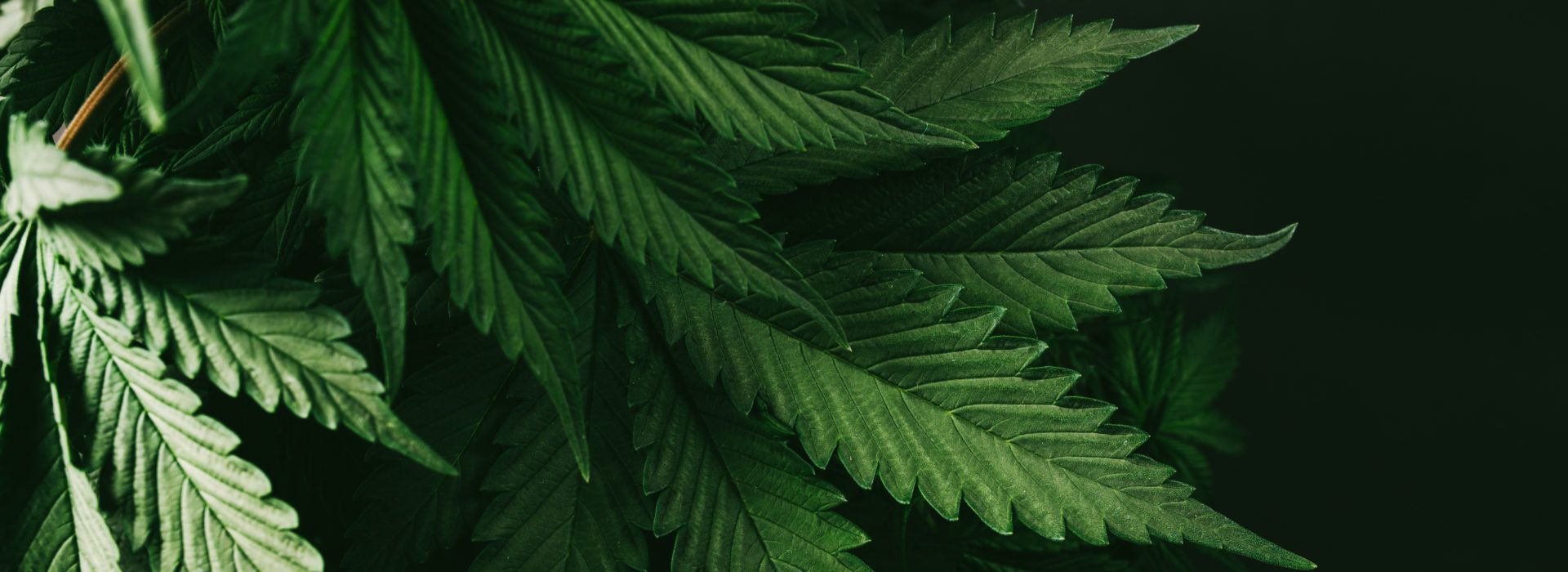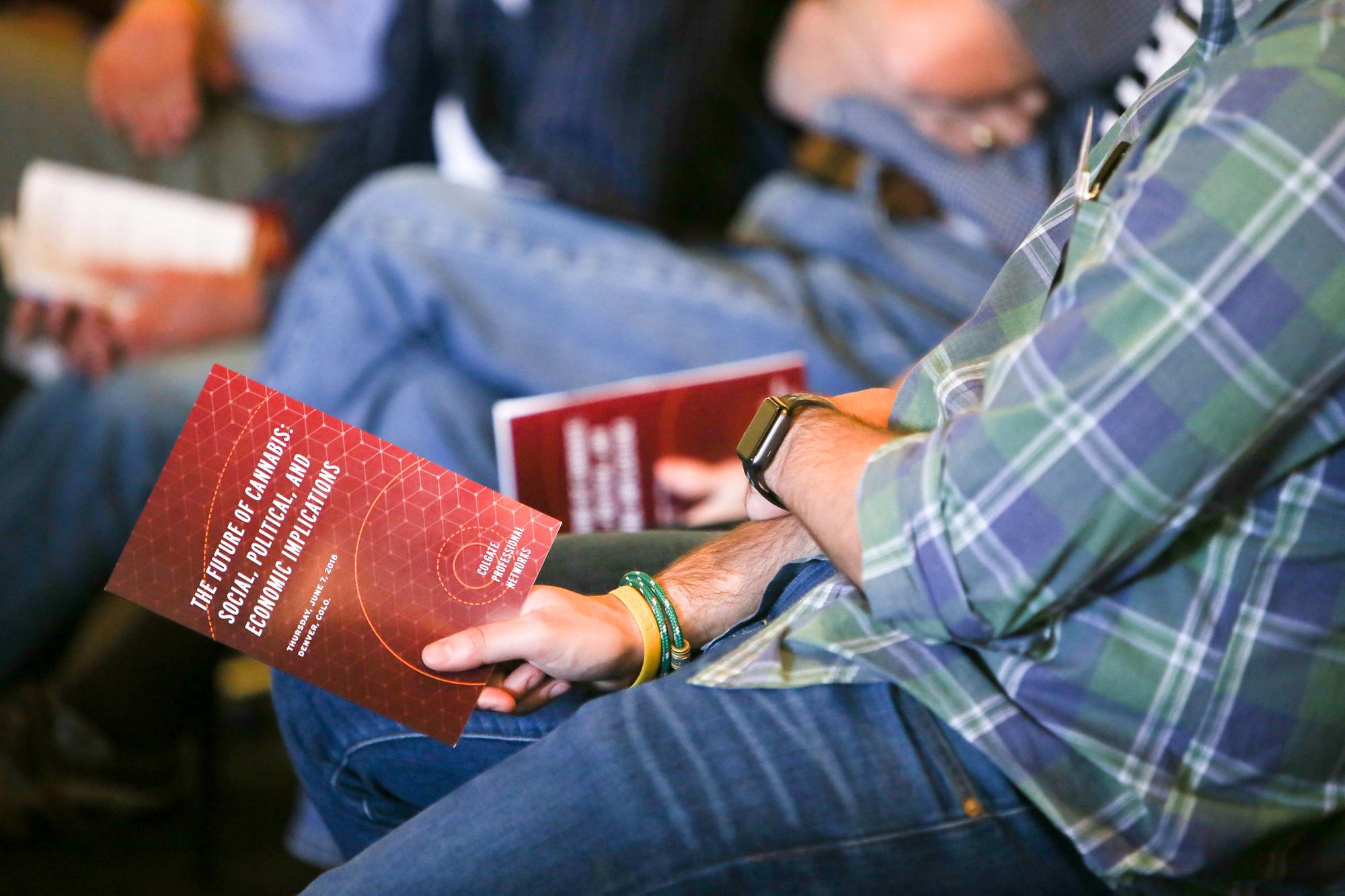Context: In the first legislative session after Nevada voters approved adult-use cannabis (Question 2, Nov. 2016), lawmakers took up 23 marijuana-related bills touching everything from product safety and record-sealing to taxes, tribal compacts, and on-site consumption. Below is a plain-English guide to the themes, key measures, and timelines that defined that 2017 policy push. READ MORE: The Nevada Independent
Product safety, packaging & youth protections
Lawmakers prioritized keeping cannabis away from kids and standardizing labels—especially for edibles.
- Edible rules & labels. One measure required clear THC-per-serving labeling, opaque packaging for items like brownies/cookies, caps on total THC per package, and bans on candy-like shapes/ads that appeal to children. Heard in Senate Judiciary Mar. 28; set for vote Apr. 12, 2017.
- Student survey (SB166). Directed the Nevada Department of Education to survey middle/junior/high schoolers on drug and alcohol use, with an annual report. Heard Feb. 21; advanced to Senate Finance Apr. 11, 2017.
Why it mattered: These rules formed Nevada’s “gold-standard” reputation on packaging, advertising, and youth safety during the adult-use launch.
Justice & civil liberties
Several Assembly and Senate bills tackled past cannabis penalties and related rights.
- Record relief (AB259, AB345). Allowed courts to vacate certain marijuana convictions now lawful under state law (including ≤1 ounce possession). AB259 heard Mar. 14; AB345 pending.
- Concealed-carry and cannabis (SB351). Clarified medical cannabis use should not automatically disqualify a person from a concealed-weapons permit. No hearing scheduled at the time of reporting.
- Licensing-board protection (SB374). Prohibited professional boards from disciplining licensees for lawful medical or adult-use cannabis—extending earlier medical protections. Heard Mar. 28; up for vote Apr. 12, 2017.
Evolving the medical program
A cluster of bills modernized Nevada’s medical framework and expanded access.
- Medical program overhaul (AB422). Shifted regulation from the Division of Public & Behavioral Health to the Department of Taxation; removed certain card fees; simplified out-of-state reciprocity (accepting some expired cards/physician notes); and set per-transaction limits at dispensaries. Heard Apr. 5; committee vote set Apr. 12, 2017.
- Opioid use disorder (SB228). Added opioid addiction as a qualifying condition and extended retaliation protections to more behavioral-health boards. Heard Apr. 3; up for vote Apr. 12, 2017.
- Parole/probation data (SB277). Allowed the Division of Parole & Probation limited access to medical card application data. Heard Apr. 10, 2017.
Building the adult-use industry
These bills created interim sales pathways, set guardrails for local control, and looked ahead to new venues.
- Early start to adult-use sales (SB302). Authorized medical dispensaries to begin selling to 21+ adults before the first recreational licenses issued, with guardrails on amounts and tax tweaks; passed out of Senate Judiciary Apr. 3 and sent to Revenue & Economic Development.
- Municipal limits & taxes. Proposals clarified what cities/counties could regulate (mostly land use/zoning), capped local license taxes, and limited unique local burdens beyond those applied to other businesses. Set for vote Apr. 12, 2017.
- Campus research & funding uses. Expanded cannabis research authority beyond UNR Med to all public Nevada colleges/universities; allowed certain education/outreach uses of cannabis program funds.
- Tribal compacts. Authorized the Governor to enter agreements with Nevada tribes to align on medical—and, after 2020, adult-use—regulatory cooperation. Heard Apr. 6; vote set Apr. 12, 2017.
- On-site consumption (SB236). Let local governments license lounges or permit 21+ events where consumption is allowed (outside gaming/casino properties). Heard Mar. 28; set for vote Apr. 12, 2017. (This concept later evolved into AB341 in 2021, the modern lounge framework.)
Taxes, revenue & “who gets what?”
Multiple bills competed over where cannabis dollars flow and how to align tax rates.
- 10% retail excise (SB508; Governor’s bill). Imposed a 10% excise on adult-use retail sales with proceeds to the Distributive School Account; heard Apr. 6, 2017.
- Alternative 10% allocation (SB487). Also imposed a 10% retail excise, but split revenues among mental-health/substance-abuse programs, the school account, and local governments, with required county advisory committees. Heard Apr. 6, 2017.
- Standardization & caps (AB463). Eliminated some wholesale/medical excises, set a uniform 15% wholesale base on fair market value, capped local license taxes at 5% of gross revenue, and set a 75/25 state fund split (School Account/DPBH). Heard Apr. 11, 2017.
Big picture: In 2017 alone, lawmakers “combed through 23 marijuana-related bills,” illustrating how much post-ballot implementation work remained after Question 2. READ MORE: Tax Foundation
Timelines at a glance (Spring 2017)
- Late Feb.–early Apr.: First committee hearings (e.g., SB166, SB228, AB422).
- Apr. 12, 2017: A cluster of committee votes scheduled (edibles/labeling bill; SB374; SB236; parts of municipal/tax frameworks).
- Apr. 6, 2017: Revenue hearings on SB508 and SB487 (competing 10% retail-excise frameworks).
- Apr. 3, 2017: SB302 (early sales) passed out of Senate Judiciary; re-referred to Revenue & Economic Development.
(Outcomes varied; Nevada ultimately adopted the now-familiar 15% wholesale excise plus 10% retail excise structure in the adult-use era.)
Why this session still matters
- It stood up adult-use operations quickly (the “early start”), giving regulators and businesses time to build out the permanent licensing regime.
- It embedded child-safety norms (packaging/advertising) that remain core to Nevada compliance today.
- It previewed Nevada’s long-running debates over tax allocation, local control, and on-site consumption—debates that continued in later years (e.g., 2021’s AB341 lounges).
Additional reading & corroboration
- The Nevada Independent (Apr. 12, 2017): comprehensive rundown of the 23 bills, with one-by-one summaries and hearing dates. (Primary source for the section summaries above.)
- News 3 Las Vegas (Apr. 13, 2017): coverage noting lawmakers were considering 23 pot-related bills, spotlighting SB236 (the early lounge concept) and law-enforcement feedback. READ MORE: KSNV
- Tax Foundation (Jun. 23, 2017): contextual analysis pointing out lawmakers “combed through 23 marijuana-related bills,” with emphasis on how Nevada designed its tax approach.
- NELIS bill pages (2017 session): for primary texts and histories of specific bills (e.g., SB302 early start; SB236 lounges; current-session examples for structure).
The Push
Nevada’s first post-legalization session was busy by design: lawmakers pushed 23 bills to translate a voter mandate into a detailed rulebook. They tightened child protections, opened the door for early sales, framed long-term tax policy, and set the stage for lounges and tribal collaboration. If you want the full legislative trail—hearings, amendments, and final votes—the Nevada Independent’s contemporaneous tracker and the NELIS bill histories are your best companions.
If you’d like, I can also compile a table linking each of the 23 bills to its final disposition (passed/failed/amended), with direct NELIS links and enactment dates.




